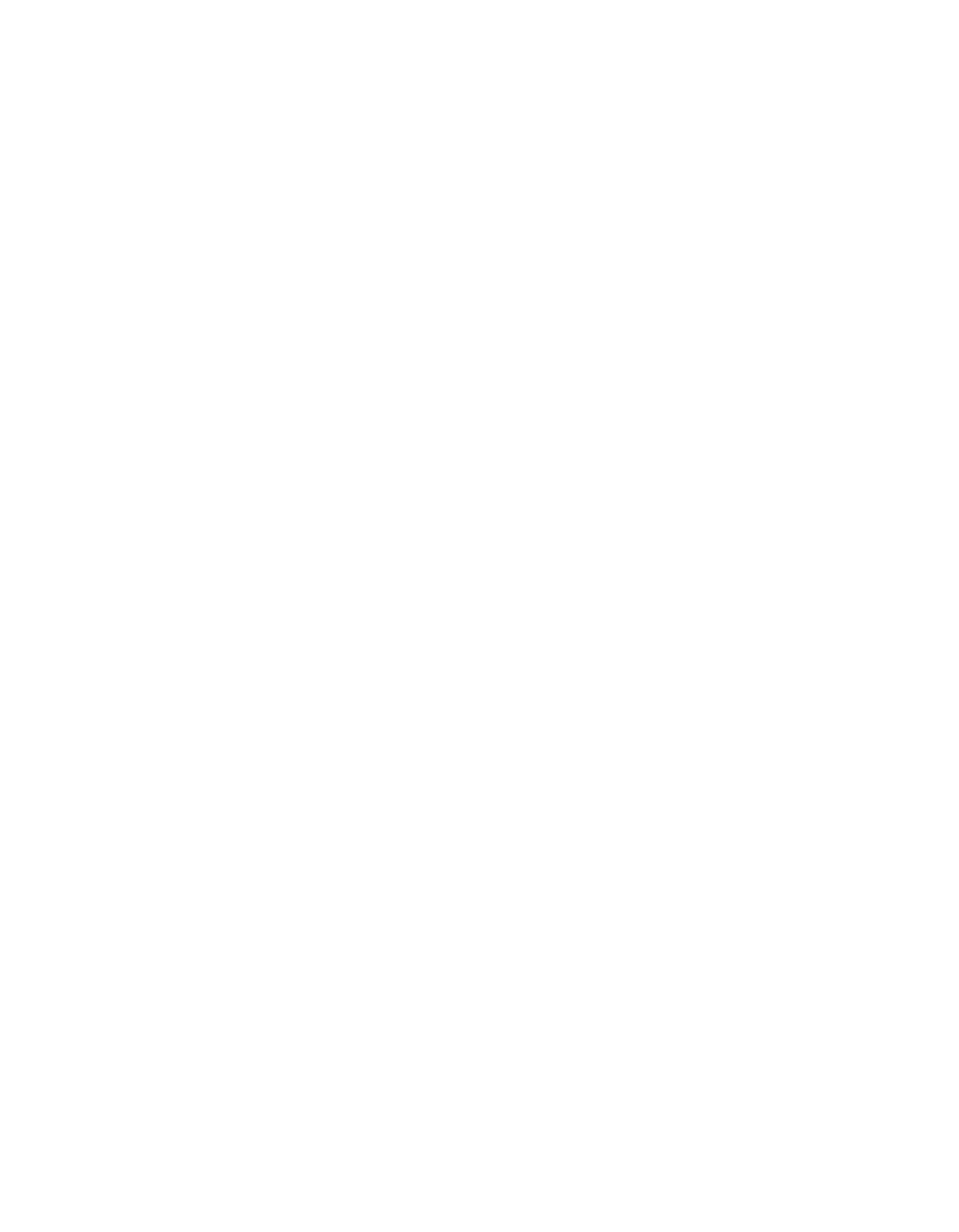

158
113 BARRIE COOKE HRHA (1931-2014) Blue NudeOil on canvas, 105 x 120cm (41¼ x 47¼’’)
Signed, inscribed with title and dated (19)’85 verso
Provenance: With Hendricks Gallery, label verso, September 1992, No. 3;
From the Collection of the late Gillian Bowler.
Exhibited: The Hendriks Gallery, 1985, where purchased;
‘
Barrie Cooke Exhibition
’, Haags Gemeente Museum, The Hague, Holland,
Tentoonastelling 1992, Catalogue No. 3.
Literature: ‘
Barrie Cooke’
by Aidan Dunne, 1986, Douglas Hyde Gallery, detail front cover illustration,
illustrated again p.119 under title ‘
Blue Figure
’.
Barrie Cooke was one of the dominant figures in Irish painting throughout the 1960-90s. Born in
Cheshire, in England, he spent his teenage years in the United States and studied art history and sci-
ence at Harvard before coming to live in Ireland in 1954. Apart from time spent studying under Oskar
Kokoschka in 1955, and his extended trips to Borneo, New Zealand, Malaya, Lapland and other places,
he has lived in counties Clare, Kilkenny and Sligo for most of his adult life.
‘Blue Nude
’ is one of many nudes painted by Cooke although the artist is generally seen as a landscapist
with a passionate concern for saving nature from the devastating consequences of human interven-
tion. His paintings of the female body, like his portraits of friends, can be seen as a continuation of his
landscapes. When he painted a portrait of his friend, the American writer, Tess Gallagher, she wrote an
account of the process, which has him saying ‘for me you will simply be a landscape’. That this is clearly
true too, of his female nudes, is evident in his earliest ventures into the genre, begun when he was living
in Clare in the 1950s and early 60s. There he painted the figures of women emerging from the bare
landscape of the Burren, making the linkage between the earth and the people who occupy it appear
seamless. His famous Sheila-na-Gig paintings, in which the nude is built up, in three dimension from
clay and fused with the painted ground were landmark works in this genre.
‘Blue Nude’
shows the consistency of this motif in his art and, although painted in 1985, bears a re-
markable resemblance to earlier nudes from the early 1960s in the Gordon Lambert Trust at the Irish
Museum of Modern Art and in other collections. What they have in common is what Seamus Heaney
referred to as Cooke’s ‘aqueous vision’, which makes the female body appear to bend and flow with the
contours of the landscape or the barely defined physical surroundings of the interiors in which they are
sometimes placed. The palette of strong blues and oranges also remains consistent.
Cooke loved to work directly onto raw canvas, allowing the paint to seep into it and stain it like a river
caressing its banks, creating a strong sense of fluidity rather than precise finish. For that reason,
‘Blue
Nude’
should not be understood in the usual sense of a study for a more complete painting but rather
as an end in itself, in which the body is surrounded by a very sketchy background, which has references
both to the landscape and to an interior setting. The fact that it was intended as a completed painting
rather than simply a study, like so many of his nudes, is borne out by the fact that the painting was
included in his retrospective exhibition at the Gemeentemuseum at the Hague in 1992.
Barrie Cooke was a significant influence, not just on younger artists in Ireland, but also on the context
for making and showing art to the wider public. He was a founding member of the Independent Artists
group in 1961 and, successively, an active member of the boards of the Butler Gallery, where he had
a considerable role in the shaping of the Kilkenny Arts Festival, and of the Douglas Hyde and Model
and Niland Galleries in Dublin and Sligo respectively. He was also a founder member of Aosdána and
through his wide international connections, an important transmitter of external influence on Irish art.
Catherine Marshall, April 2017
€ 15,000 - 20,000


















